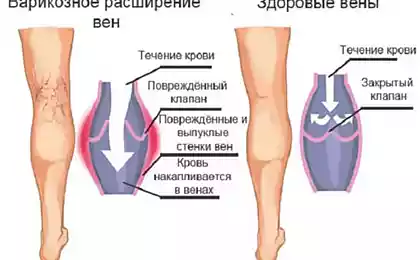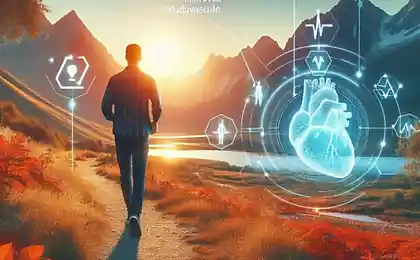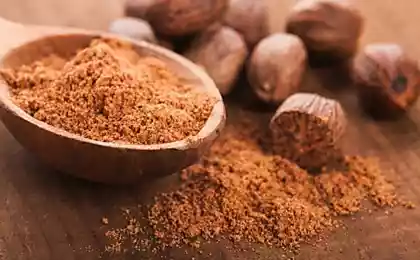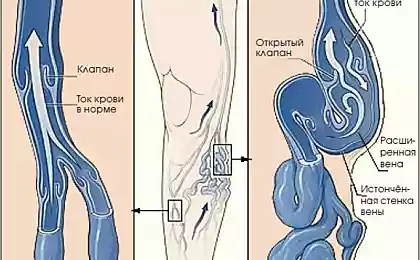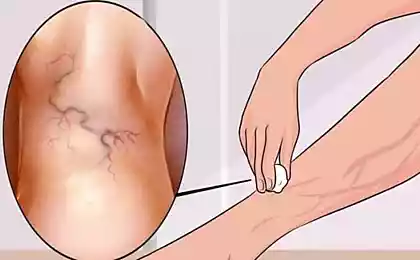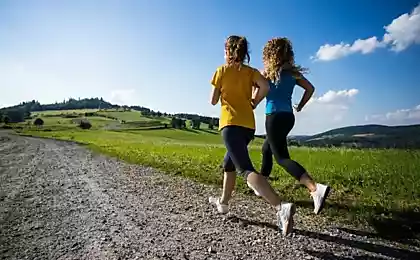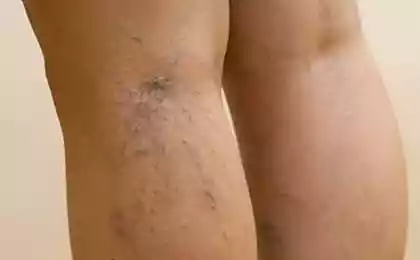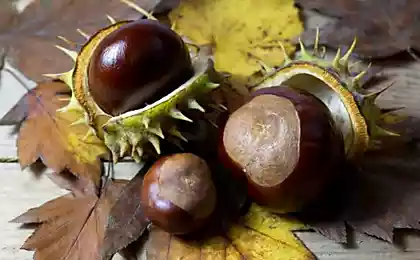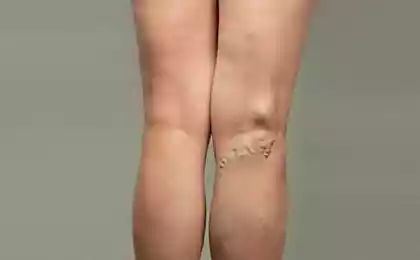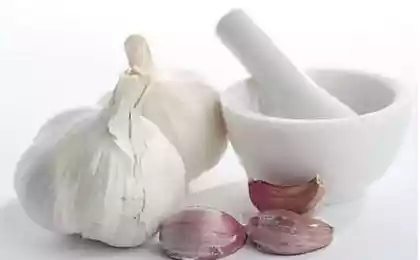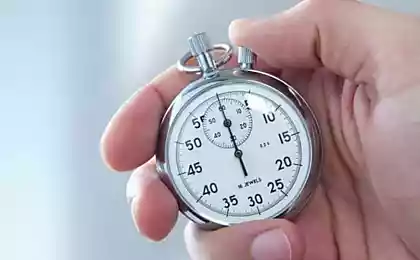286
How to train with varicose veins
What is varicose?
Varicose veins, better known as varicose veins, occur when the veins stretch and increase in size, acquiring blue-violet or red hues, due to the accumulation of large amounts of blood. This is a widespread disorder, which in most cases manifests itself on the legs (most often in the calf muscles), but it can also form on other parts of the body.
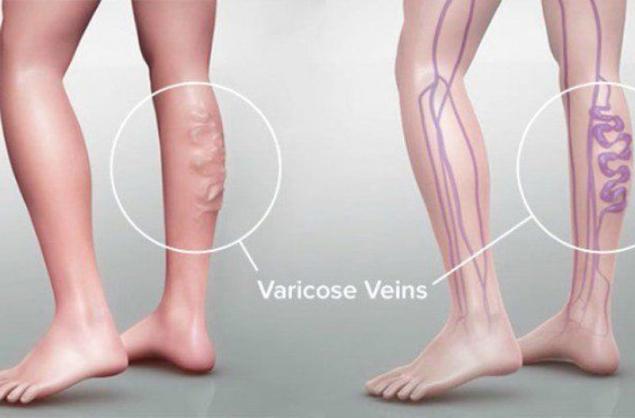
In general, the blood supply of cells, known from the course of biology, occurs as follows: from the left ventricle of the heart, oxygen-rich blood through the aorta enters the arteries and from there to smaller blood vessels up to the capillaries, with the help of which the organs and tissues of the body receive oxygen and the substances they need. After that, with the help of small blood vessels called venules, blood is collected from the capillaries and enters the larger veins, whose task is to send blood back to the lungs and heart in order to enrich itself with oxygen and repeat its path. The mechanism of directing blood to the heart is called a venous pump.
Veins are the blood vessels through which blood returns from the tissues of the body to the heart.
Inside some veins are one-way valves that open to let blood flow to the heart and close to prevent blood flow in the opposite direction.
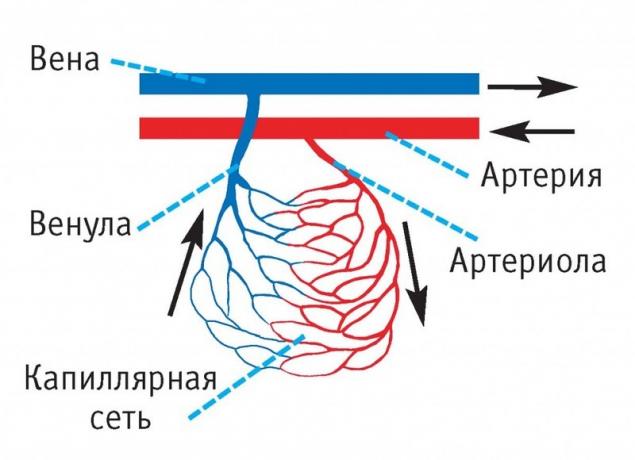
Actually, this is how varicose veins get: if the valves are damaged and do not block the flow of blood, it accumulates in the veins, because of which they swell and stretch, which leads to varicose veins.
In varicose veins, a reverse current (reflux) of blood is created due to violations of the functions of the valves. They do not close the vein cavity, which makes it possible to flow blood in the opposite direction. As a result, increased venous blood pressure is created, which violates the integrity of the walls of the veins - they expand and protrude under the skin.
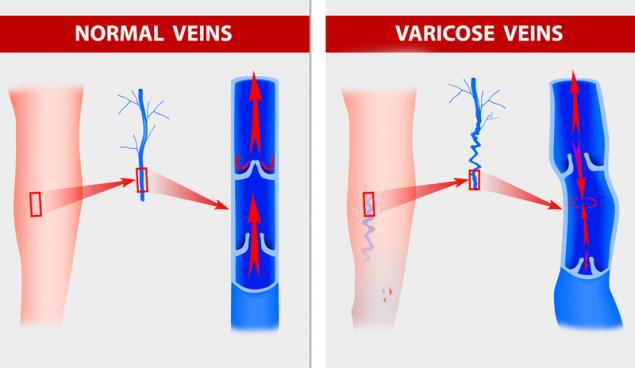
Normal veins (left) and varicose veins - when due to violations of the valves, reverse blood flow and vein expansion occur.
Why do varicose veins most often affect the legs?In our legs there are 3 types of veins – superficial veins that are closest to the skin; deep veins that are located inside the muscles and connect to the largest vein in our body – the hollow vein leading to the heart; and perforant veins that connect the superficial and deep veins with each other. Varicose veins, which we see, are observed in the superficial veins located closest to the skin.
When we are in an upright position, the blood in the legs should be directed upwards to the heart, resisting the force of attraction. To do this, the leg muscles contract and press on the deep veins, pushing blood to the heart. When the leg muscles contract, the valves inside the veins open, when the muscles are relaxed - the valves close, blocking the flow of blood in the direction of the feet.
As you probably guessed, varicose veins are more common on the legs due to the fact that the pressure of gravity, which increases in the sitting and standing position, most strongly affects the venous circulation in the lower extremities.
How dangerous is varicose veins?For most people, varicose veins are primarily an aesthetic problem, and at first do not pose a threat to health. Swollen ugly veins can spoil the appearance of certain parts of the body, but in most cases do not impair blood circulation. It is noted that if you do not pay due attention to the fight against varicose veins, its appearance deteriorates over time and complications may develop.
Causes of appearance of varicose veinsA number of factors can increase the risk of varicose veins:
Heredity.If someone in your family has had or has varicose veins, your chances of inheriting it increase.
Paul. In women, varicose veins are more common than in men.
Age. With age, our veins and valves become weaker.
Disturbance of blood flow between arteries and veins.
Hormonal changes.Hormonal changes during pregnancy, premenstrual period and menopause increase the risk of varicose veins. During pregnancy, the growing fetus presses on the veins in the legs. Varicose veins that appear during this period become less noticeable after 3-12 months after the birth of the child. At the same time, each subsequent pregnancy increases the risk of varicose veins.
Overweight or obese.Due to excess weight, there is a lot of pressure on the veins, which can lead to their varicose expansion.
“Sitting” and “standing” work and a sedentary lifestyle.If you stand or sit for a long time, you increase the risk of varicose veins. This is because during a long stay without movement, the veins are more difficult to deliver blood to the heart.
Symptoms of development of varicose veinsIn addition to the appearance of protruding dark blue or purple veins, here are the main signs of the development of varicose veins:
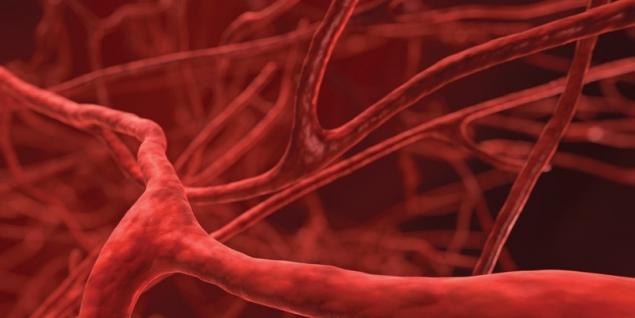
What to do to reduce the likelihood of varicose veins Or protect already affected veins from deterioration:
In the absence of treatment, progressive varicose veins can lead to more serious negative consequences:
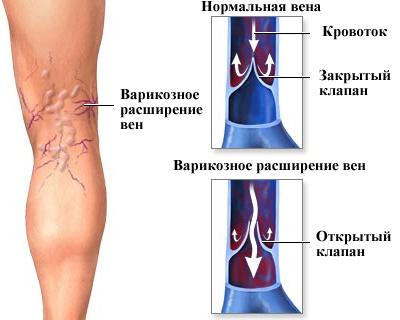
Varicose and exerciseMoving a lot and exercising moderately are the main assistants in the fight against varicose veins.

However, while some training methods are useful and recommended as a prevention of varicose veins, others can be harmful.
Moderate rhythmic physical activity (such as walking) makes a positive contribution to preventing the development of varicose veins and helps minimize the likelihood of complications, since dynamic muscle movements help direct blood from the periphery to the heart.
Walking
Walking is one of the best movements for preventing varicose veins, which promotes healthy blood circulation by stretching and contracting the venous pump in the calf muscles. Walk for at least 30 minutes at least 5 times a week.
Low-intensity running
Running at a low pace uses calf muscles well, but it has one drawback - running loads our joints. If you are not ready to replace running with another type of activity, run on grass or rubberized tracks, not on hard asphalt.
Elliptic and exercise bike
Training on an elliptical trainer and a bike trainer actively involves calf muscles, contributing to healthy blood circulation. In addition, unlike running, these workouts less load the joints.
Strength training
Persons with varicose veins should avoid excessive amounts of very intense resistance training. During prolonged muscular tension of a nonrhythmic nature, leg muscles and fan pumps do not contribute to the return of blood to the heart through the veins. For this reason, during training, blood accumulates in the veins of the legs, which can only contribute to the further development of varicose veins. In addition, an increase in intra-abdominal pressure during straining also complicates blood circulation.
Among the exercises that negatively affect venous circulation, specialists from the Venous Clinic in Georgia especially note squats, lunges and twists.
People with varicose veins need to exercise with little weight and perform a relatively large number of repetitions in approaches.. In addition, in order to restore normal blood circulation after the end of strength training, it is recommended to spin the pedal on a simulator or exercise on an elliptical simulator. Also during strength training and after their completion, it is recommended to wear compression stockings.
Why veins bulge harder in summerAccording to experts from the St. John Venous Center and St. Joseph Wayne Hospital, in the summer the veins protrude more due to the fact that under the influence of high temperature they expand and are more filled with blood, increasing in size.

In order to reduce swelling of the veins in the summer, it is necessary to follow simple recommendations:
Author: Alexander Maksimenko
P.S. And remember, just changing our consumption – together we change the world!
Source: www.zozhnik.ru/kak-trenirovatsya-pri-varikoze/
Varicose veins, better known as varicose veins, occur when the veins stretch and increase in size, acquiring blue-violet or red hues, due to the accumulation of large amounts of blood. This is a widespread disorder, which in most cases manifests itself on the legs (most often in the calf muscles), but it can also form on other parts of the body.

In general, the blood supply of cells, known from the course of biology, occurs as follows: from the left ventricle of the heart, oxygen-rich blood through the aorta enters the arteries and from there to smaller blood vessels up to the capillaries, with the help of which the organs and tissues of the body receive oxygen and the substances they need. After that, with the help of small blood vessels called venules, blood is collected from the capillaries and enters the larger veins, whose task is to send blood back to the lungs and heart in order to enrich itself with oxygen and repeat its path. The mechanism of directing blood to the heart is called a venous pump.
Veins are the blood vessels through which blood returns from the tissues of the body to the heart.
Inside some veins are one-way valves that open to let blood flow to the heart and close to prevent blood flow in the opposite direction.

Actually, this is how varicose veins get: if the valves are damaged and do not block the flow of blood, it accumulates in the veins, because of which they swell and stretch, which leads to varicose veins.
In varicose veins, a reverse current (reflux) of blood is created due to violations of the functions of the valves. They do not close the vein cavity, which makes it possible to flow blood in the opposite direction. As a result, increased venous blood pressure is created, which violates the integrity of the walls of the veins - they expand and protrude under the skin.

Normal veins (left) and varicose veins - when due to violations of the valves, reverse blood flow and vein expansion occur.
Why do varicose veins most often affect the legs?In our legs there are 3 types of veins – superficial veins that are closest to the skin; deep veins that are located inside the muscles and connect to the largest vein in our body – the hollow vein leading to the heart; and perforant veins that connect the superficial and deep veins with each other. Varicose veins, which we see, are observed in the superficial veins located closest to the skin.
When we are in an upright position, the blood in the legs should be directed upwards to the heart, resisting the force of attraction. To do this, the leg muscles contract and press on the deep veins, pushing blood to the heart. When the leg muscles contract, the valves inside the veins open, when the muscles are relaxed - the valves close, blocking the flow of blood in the direction of the feet.
As you probably guessed, varicose veins are more common on the legs due to the fact that the pressure of gravity, which increases in the sitting and standing position, most strongly affects the venous circulation in the lower extremities.
How dangerous is varicose veins?For most people, varicose veins are primarily an aesthetic problem, and at first do not pose a threat to health. Swollen ugly veins can spoil the appearance of certain parts of the body, but in most cases do not impair blood circulation. It is noted that if you do not pay due attention to the fight against varicose veins, its appearance deteriorates over time and complications may develop.
Causes of appearance of varicose veinsA number of factors can increase the risk of varicose veins:
Heredity.If someone in your family has had or has varicose veins, your chances of inheriting it increase.
Paul. In women, varicose veins are more common than in men.
Age. With age, our veins and valves become weaker.
Disturbance of blood flow between arteries and veins.
Hormonal changes.Hormonal changes during pregnancy, premenstrual period and menopause increase the risk of varicose veins. During pregnancy, the growing fetus presses on the veins in the legs. Varicose veins that appear during this period become less noticeable after 3-12 months after the birth of the child. At the same time, each subsequent pregnancy increases the risk of varicose veins.
Overweight or obese.Due to excess weight, there is a lot of pressure on the veins, which can lead to their varicose expansion.
“Sitting” and “standing” work and a sedentary lifestyle.If you stand or sit for a long time, you increase the risk of varicose veins. This is because during a long stay without movement, the veins are more difficult to deliver blood to the heart.
Symptoms of development of varicose veinsIn addition to the appearance of protruding dark blue or purple veins, here are the main signs of the development of varicose veins:
- Small swelling of the ankles and feet, especially after a person has stood for a long time.
- Pain, burning and a feeling of heaviness in the legs.
- Leg spasms and a sense of pulsation.
- Itching in the ankles and shins, which are often mistakenly diagnosed as dry skin.
- Change in skin color in the development of varicose veins (the appearance of bruises).

What to do to reduce the likelihood of varicose veins Or protect already affected veins from deterioration:
- Do not sit and stand in one place for a long time. Try to move at least every 30 minutes.
- When sitting, do not place one foot on the other.
- If possible, lift your legs when you are sitting or lying down. Elevate your legs so that they are above your heart level.
- Do some physical exercise. So the muscles of your legs will move and more efficiently direct blood through the veins.
- If you are overweight, try to get it back to normal. This will help improve blood circulation and reduce the load on the veins.
- Try not to wear tight-fitting clothes, especially at the waist, hips and legs.
- Do not wear high-heeled shoes too often and for too long. Low-heeled shoes help keep calf muscles in tone, so that blood moves through the veins easier.
- Perform physical exercises regularly. This will help improve blood circulation, get rid of extra pounds and maintain a healthy weight.
In the absence of treatment, progressive varicose veins can lead to more serious negative consequences:
- The appearance of ulcers
- phlebite
- Bleeding
- Deep vein thrombosis (DVT)

Varicose and exerciseMoving a lot and exercising moderately are the main assistants in the fight against varicose veins.

However, while some training methods are useful and recommended as a prevention of varicose veins, others can be harmful.
Moderate rhythmic physical activity (such as walking) makes a positive contribution to preventing the development of varicose veins and helps minimize the likelihood of complications, since dynamic muscle movements help direct blood from the periphery to the heart.
Walking
Walking is one of the best movements for preventing varicose veins, which promotes healthy blood circulation by stretching and contracting the venous pump in the calf muscles. Walk for at least 30 minutes at least 5 times a week.
Low-intensity running
Running at a low pace uses calf muscles well, but it has one drawback - running loads our joints. If you are not ready to replace running with another type of activity, run on grass or rubberized tracks, not on hard asphalt.
Elliptic and exercise bike
Training on an elliptical trainer and a bike trainer actively involves calf muscles, contributing to healthy blood circulation. In addition, unlike running, these workouts less load the joints.
Strength training
Persons with varicose veins should avoid excessive amounts of very intense resistance training. During prolonged muscular tension of a nonrhythmic nature, leg muscles and fan pumps do not contribute to the return of blood to the heart through the veins. For this reason, during training, blood accumulates in the veins of the legs, which can only contribute to the further development of varicose veins. In addition, an increase in intra-abdominal pressure during straining also complicates blood circulation.
Among the exercises that negatively affect venous circulation, specialists from the Venous Clinic in Georgia especially note squats, lunges and twists.
People with varicose veins need to exercise with little weight and perform a relatively large number of repetitions in approaches.. In addition, in order to restore normal blood circulation after the end of strength training, it is recommended to spin the pedal on a simulator or exercise on an elliptical simulator. Also during strength training and after their completion, it is recommended to wear compression stockings.
Why veins bulge harder in summerAccording to experts from the St. John Venous Center and St. Joseph Wayne Hospital, in the summer the veins protrude more due to the fact that under the influence of high temperature they expand and are more filled with blood, increasing in size.

In order to reduce swelling of the veins in the summer, it is necessary to follow simple recommendations:
- Lubricate the skin with a thick layer of moisturizing SPF cream.
- If you are outdoors for a long time, try to hide in the shade.
- Do not take sunbathing for too long.
- Swim regularly. So you will carry out cooling procedures for your body, preventing the veins from increasing in size.
- Try to wear ballet/shoes at low speed and sandals rather than high heel shoes.
- Drink more fluids. published
Author: Alexander Maksimenko
P.S. And remember, just changing our consumption – together we change the world!
Source: www.zozhnik.ru/kak-trenirovatsya-pri-varikoze/
